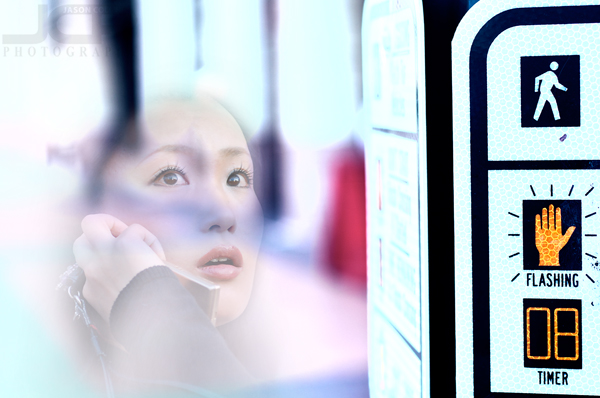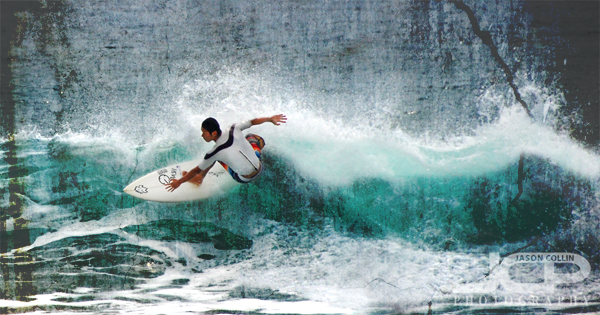 I did not edit this photo, so much as I imagined it . . .I do not want to explain the technical aspects of the above image. I made it based on a feeling I had this evening. I was thinking of the street and of the future. A home can be a cocoon, especially on a cold day. Desire to go outside lessens in favor of remaining inside, in warmth. However, the street is always out there. On the street is a network. There is a potential to go anywhere, do anything.
I did not edit this photo, so much as I imagined it . . .I do not want to explain the technical aspects of the above image. I made it based on a feeling I had this evening. I was thinking of the street and of the future. A home can be a cocoon, especially on a cold day. Desire to go outside lessens in favor of remaining inside, in warmth. However, the street is always out there. On the street is a network. There is a potential to go anywhere, do anything.
The future is on the street too. The future is not going to come from within one's home. Pieces of the future can trickle into it, but they will not spring from it.
How is photography connected to the street and to the future? That is up to the individual photographer to express.
Photography Tip: make an image based on a thought, not thinking of exif data


